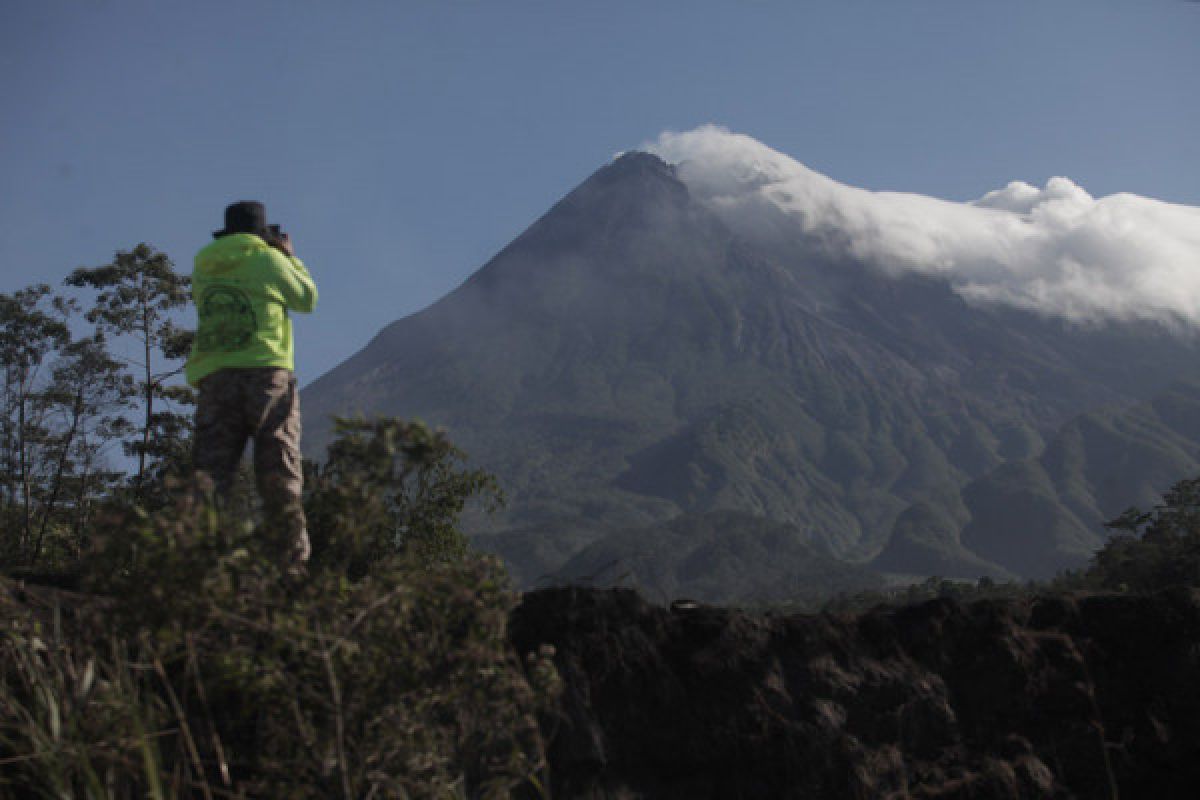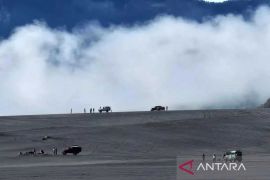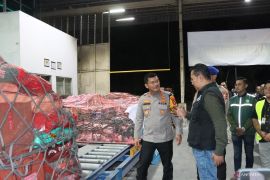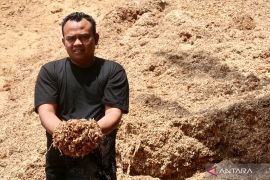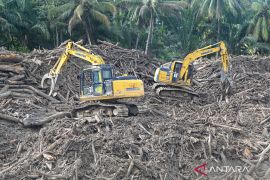"We are still observing the volcano and conducting laboratory tests on the materials spewed from the crater," Hanik Humaida, head of the agency, said in Yogyakarta on Tuesday.
She explained that the authority decided to increase the volcano`s status not only because of the phreatic eruption at 5:50 p.m. local time on Monday (May 21) but also due to the aftershocks and another blast at 01:47 a.m. on Tuesday.
Multiple factors can cause the tremors, with some of them including high gas pressure combined with various pyroclastic materials, such as ash.
Following the eruption, the agency has detected a deformation on the volcano`s crater, as observed by the electronic distance measure (EDM) and the GPS.
Meanwhile, Dewi Sri, the agency`s geology expert, revealed that the ember may indicate the magma`s intrusion at the volcano.
"After a couple of eruptions, we have detected the embers. We are still conducting several tests (on the volcanic materials)," Sri stated.
The Energy and Mineral Resources Ministry`s Volcanology and Geological Hazard Mitigation Centre (PVMBG) on Monday leveled up the alert status of Mount Merapi to the second highest level II, the chairman Kasbani declared.
Following the new alert status level II, the authority has banned all activities within three-kilometers radius from the crater.
For the past week, a volcanic earthquake, 12 aftershocks, and five tectonic quakes had occurred at Mount Merapi, Kasbani stated.
Several villages have been declared as part of the disaster-prone areas. The areas include Kepuharjo, Glagaharjo, Umbulharjo, Hargobinangun, Purwobinangun, Girikerto in Sleman District. Other disaster-prone villages that may get affected by the volcanic materials are Balerante Village in Klaten District, Central Java; Jrakah Village in Boyolali District; and Nglumut Village in Magelang District.
Reported by Eka Arifa Rusqiyati
(Uu. KR-GNT/INE)
(UU.KR-GNT/A/KR-BSR/A014)
Reporter: antara
Editor: Heru Purwanto
Copyright © ANTARA 2018
